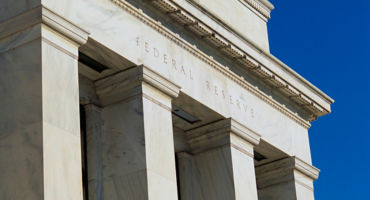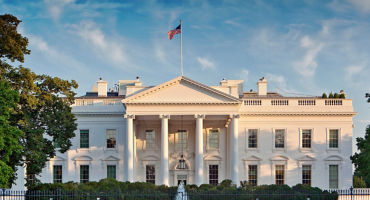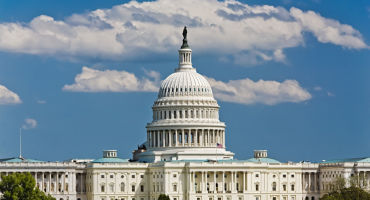A high-stakes political showdown
Normally a debt-ceiling impasse is broken by good faith compromises and bipartisan cooperation, and President Biden does have a good relationship with House Speaker Kevin McCarthy. But McCarthy will likely have a difficult time controlling his party. While Biden would like a clean increase in the debt cap with no bells and whistles attached, leaving the spending fight for the 2024 fiscal-year budget, Republicans are already demanding that spending cuts be part of the deal as they focus on the deficit and attempt to portray Democrats as wasteful.
In my estimation, McCarthy will need to corral three sets of Republicans in the House of Representatives in order to arrive at a deal. The more mainstream Republicans (about 30%) would like to rein in entitlements but not default; regular MAGA republicans (about 60%) have signaled anger about the size of government and are demanding substantial cuts in spending; and the Freedom Caucus MAGA Republicans (about 10%) say they will hold out for a government shutdown rather than raise the debt ceiling.
It's possible the “blame game” may backfire on the Republicans, as we saw in 2011, when the GOP-led Congress, not Democratic President Obama, received the lion’s share of the blame for stalling the debt-ceiling process. There was a similar public opinion verdict during the 21-day government shutdown in 1995. In recent polls, Democrats have earned a larger share of the blame for the current predicament, but they maintain the upper hand over Republicans. Still, the extreme partisan divide in the US suggests that Republican voters expect their leaders to stand up to the president, making compromise difficult, at least at the outset.
Ultimately, it could be that market discipline is the only thing that will bring the parties to the table, but here are some other possible paths forward, from most to least likely:
- Form a national committee on fiscal spending reductions, like the Simpson-Bowles Commission in 2010, with a pledge for a formal vote.
- Agree on changes to Social Security and Medicare parameters (e.g., retirement age, benefit indexing formula, payroll tax cap) along with military spending cuts.
- Enact a budget freeze or spending cuts of 1% per year and allow tax-cut provisions from the 2017 Tax Cuts and Jobs Act to expire.
- If members of the House refuse to allow a vote on the debt ceiling, solutions like a discharge petition (a procedural maneuver that would force a vote) or the US$1 trillion platinum coin proposal could be considered. Neither would be easy.
Weighing the economic impact
The economic risks are, of course, substantial. Should debt prioritization be enacted, I estimate the reduction in economic activity could reach US$200 – US$250 billion per month, given the size of the deficit. If transfers were to stop suddenly, the contraction in activity could be amplified by precautionary measures taken by households or corporations.
I’ll be tracking developments and offering insights on this critical front in the coming weeks and months. In the meantime, you can find additional thoughts from two of my colleagues here.























